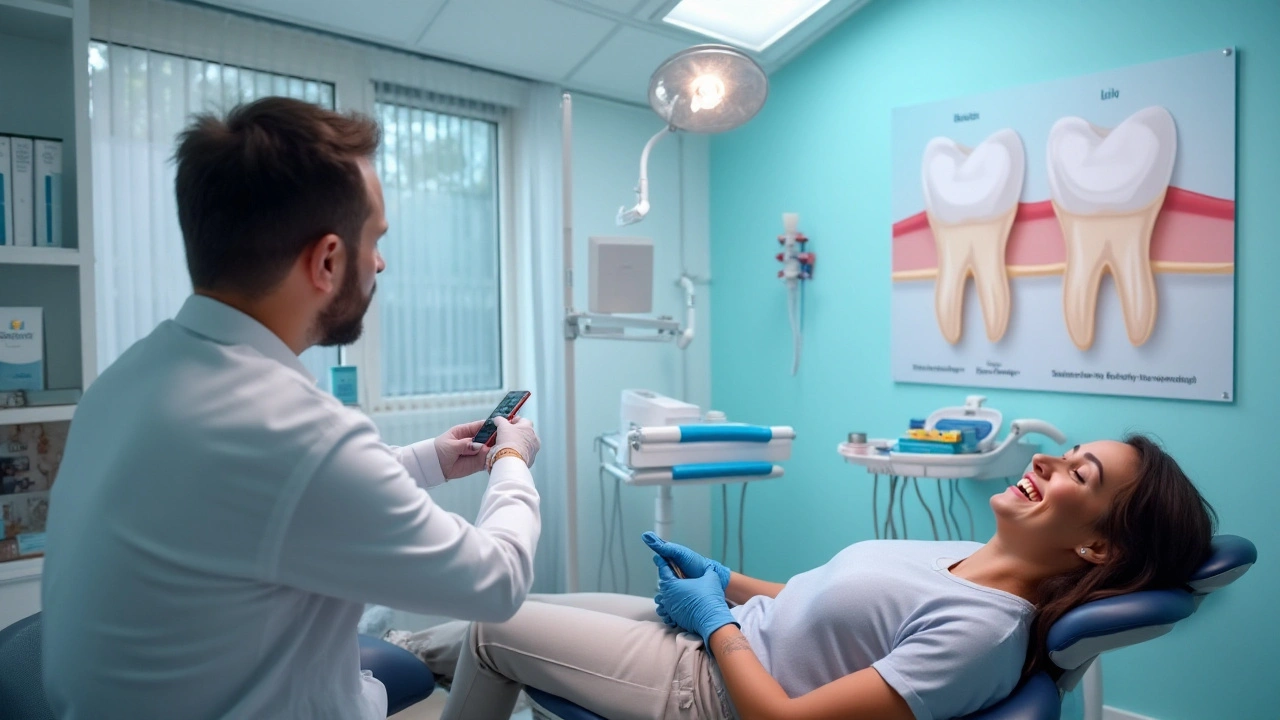Strontium benefits for bone health — what really helps
Ever wonder if strontium can actually help your bones? Short answer: it can affect bone strength and density, but there are important trade-offs and safety issues to know before you try it. This page gives straight, useful info so you can talk to your doctor with confidence.
How strontium helps bones
Strontium is a naturally occurring mineral found in small amounts in food and water. In research, strontium—especially the prescription form called strontium ranelate—showed reduced vertebral fractures in people with osteoporosis. Scientists think strontium helps in two ways: it seems to encourage bone-forming cells and reduce bone breakdown. That can mean fewer fractures over time in certain patients.
One important detail: strontium is heavier than calcium, so it pushes bone density numbers up on a DXA scan. That doesn’t always mean stronger bone in the same way as calcium. Doctors know this and interpret scans differently if you’re taking strontium, so always tell the person reading your scan about supplements.
Safe use, dosing, and quick tips
There are two common contexts you’ll hear about: prescription strontium ranelate (used in some countries in the past) and over-the-counter supplements like strontium citrate. Prescription ranelate was given as 2 g daily and had evidence from clinical trials, but regulators later limited its use because of heart and clotting risks in some people. OTC supplements usually list elemental strontium; common doses range from about 340 mg to 680 mg elemental per day. If you’re considering a supplement, check the label so you know how much elemental strontium you’re getting.
Take strontium away from calcium and other minerals. Calcium competes with strontium at absorption, so many experts recommend taking strontium at least two hours apart from calcium-rich meals or supplements. Expect possible side effects like stomach upset or nausea for some people. More serious risks—like cardiovascular issues—were linked to prescription strontium in certain groups, so if you have heart disease, high blood pressure, or a clotting history, don’t start it without medical advice.
Diet won’t provide therapeutic amounts. Foods such as seafood, whole grains, and root vegetables contain tiny strontium amounts, but not enough to match research doses. If you’re thinking about strontium for osteoporosis or low bone density, bring it up with your doctor. They may consider your fracture risk, current meds (like bisphosphonates or blood thinners), heart health, and how DXA results will be tracked.
Bottom line: strontium can be part of a bone-health plan, but it’s not a simple shortcut. Ask your clinician about benefits, safe dosing, and whether your medical history makes it a good or risky choice.
Unveiling the Hidden Benefits and Uses of Strontium in Everyday Products

Strontium is an element known for its surprising range of applications, extending from dental care to nutritional supplements. This article delves into the diverse roles of strontium, examining its significance in strengthening teeth and bones, and its utility in manufacturing and health industries. With a focus on understanding its benefits and potential risks, we explore how this often-overlooked element contributes to our daily lives. Learn about the research-backed advantages and implications of incorporating strontium into various products.
